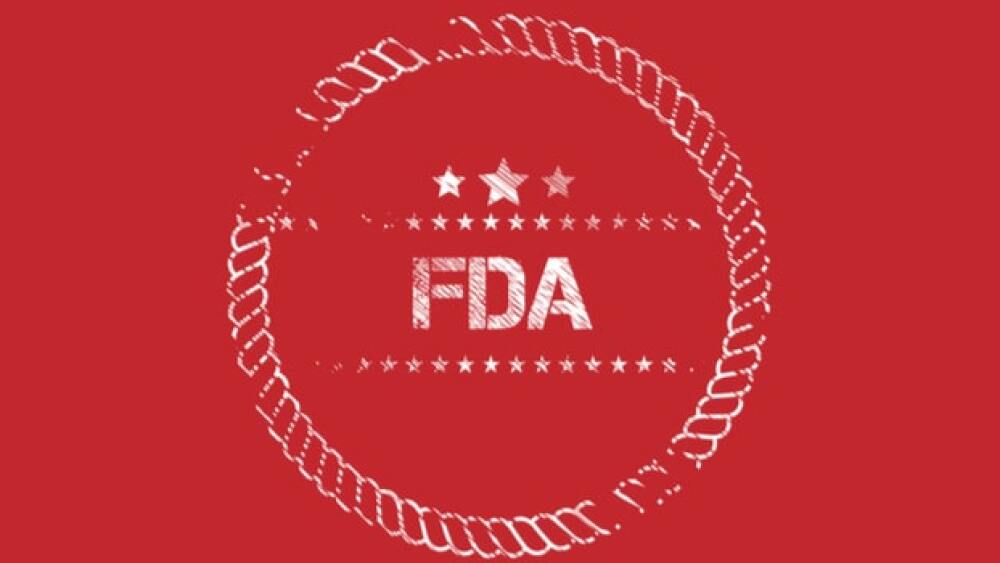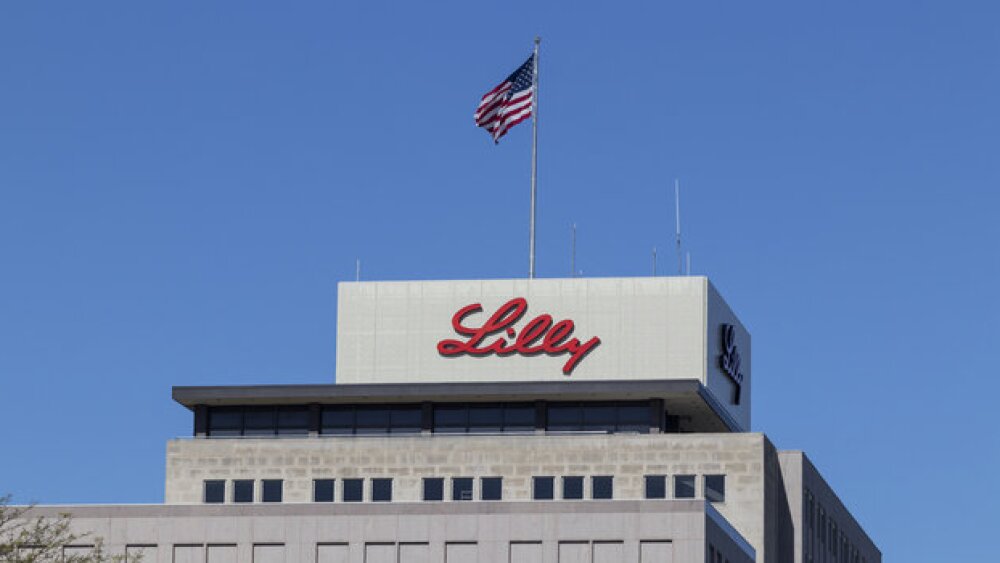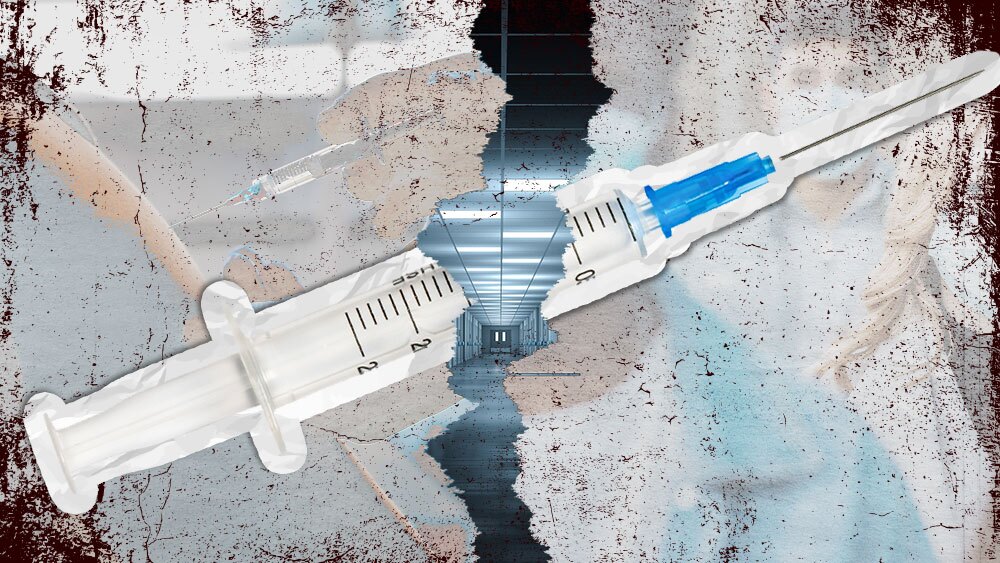The U.S. FDA is starting off the summer months with a busy week after the Memorial Day holiday in the U.S. Here’s a look.
The U.S. Food and Drug Administration (FDA) is starting off the summer months with a busy week after the Memorial Day holiday in the U.S. Here’s a look.
Alkermes’ Drug for Schizophrenia and Bipolar I Disorder
Alkermes has a target action date of June 1, 2021, for its New Drug Application (NDA) resubmission for ALKS 3831 (olanzapine/samidorphan) for adults with schizophrenia and adults with bipolar I disorder. The FDA classified the resubmission as a complete, Class 2 response to the Complete Response Letter (CRL) it issued to Alkermes in November 2020. The CRL was issued related to a remote review of records requested under Section 704(a)(4) of the Federal Food, Drug, and Cosmetic Act related to the company’s Wilmington, Ohio facility that manufactured the drug. There were no issues about clinical or non-clinical data in the NDA.
ALKS 3831 is a novel, once-daily, oral atypical antipsychotic made up of samidorphan, a new molecular entity, co-formulated with olanzapine, an established antipsychotic agent.
At the time of the resubmission, Craig Hopkinson, Alkermes’ chief medical officer and executive vice president of Research & Development, stated, “We will continue to work closely with the Agency in an expeditious manner to support approval of ALKS 3831 for the treatment of schizophrenia and bipolar I disorder and believe we have a clear path to resolution. Importantly, there were no clinical issues identified in the CRL pertaining to ALKS 3831’s efficacy or safety, and no new studies were requested for approval of the application.
The NDA was based on data from 27 clinical studies, including 18 of ALKS 3831 and nine of samidorphan alone, and pharmacokinetic bridging data comparing ALKS 3831 and Zyprexa.
Myovant and Pfizer’s Relugolix for Uterine Fibroids
Myovant Sciences and Pfizer had a target action date of June 1 for the relugolix combination tablet (relugolix 40 mg, estradiol 1.0 mg, and norethindrone acetate 0.5 mg) for women with uterine fibroids. On May 26, the FDA approved it for the management of heavy menstrual bleeding associated with uterine fibroids in premenopausal women, with a treatment duration of up to 24 months. It will be marketed under the brand name Myfembree.
The approval was built on data from the Phase III LIBERTY 1 and LIBERTY 2 studied. The two companies will jointly commercialize the drug in the U.S., and is expected to be available in June 2021.
“With Myfembree, we can offer women with uterine fibroids a non-invasive treatment that provides clinically meaningful symptom relief for heavy menstrual bleeding with one pill, once-a-day,” said Ayman Al-Hendy, professor of Obstetrics and Gynecology, University of Chicago, and LIBERTY Program Steering Committee Member. “The FDA approval of Myfembree represents a significant milestone in expanding treatment options for uterine fibroids, a chronic and debilitating disease for many women in the U.S.”
Scynexis’ Ibrexafungerp for Vaginal Yeast Infections
SCYNEXIS has a target action date of June 1 for its NDA for ibrexafungerp (Brexafemme) for vulvovaginal candidiasis (VVC), also known as vaginal yeast infection. The drug is the first of a novel class of antifungal agents called triterpenoids. The FDA granted the drug Qualified Infectious Disease Product (QIDP) and Fast Track designations for VVC, invasive candidiasis (IC) (including candidemia), and invasive aspergillosis (IA). The FDA also granted it Orphan Drug designations for the IC and IA indications. The NDA was built on positive results from two Phase III trials where the drug demonstrated statistically superior efficacy and a favorable tolerability profile in women with VVC.
In the company’s first-quarter financial report on May 17, Marco Taglietti, president and chief executive officer of Scynexis, said, “Our team is executing on all cylinders as we approach our June 1, 2021 PDUFA for Brexafemme. So far this year, we have received a total of approximately $35 million in non-dilutive funding, which is adequate to support our Brexafemme U.S. launch in the second half of the year while further extending our cash runway into 2023. We are also advancing the development of ibrexafungerp in the hospital setting, including our new IV formulation currently in Phase I. With ibrexafungerp poised to become the first new antifungal class approved in over 20 years, we believe that the approval of the VVC indication may represent just the first step in the larger build-out of our antifungal franchise.”
Liminal’s Ryplazim for Congenital Plasminogen Deficiency
Liminal BioSciences has a target action date of June 5 for its Biologics License Application (BLA) for Ryplazim (plasminogen) for signs and symptoms associated with congenital plasminogen deficiency (C-PLGD). The PDUFA was originally there months earlier, on March 5. The BLA resubmission was originally accepted in September 2020 as a Class 2 response to a Complete Response Letter (CRL) issued by the FDA in 2018, with a six-month review period. Liminal submitted a response to the FDA’s information request related to the BLA resubmission, and on November 6, 2020, the FDA said the additional data was a major amendment and would require an additional three months.
The BLA resubmission was built on data from a Phase II/III trial of 15 pediatric and adult patients with C-PLGD over 48 weeks with Ryplazim. C-PLGD is a disease that results in inflamed growth in the mucous membranes, such as in the eyelids and inside of the mouth. It is most common in the conjunctiva, in the white part of the eye. A characteristic feature is ligneous conjunctivitis, where a buildup of fibrin causes inflammation of the conjunctivitis and leads to thick, woody, inflamed growth that are yellow, white, or red, usually on the inside of the eyelids. They sometimes grow onto the cornea.
Ryplazim is a plasma-derived protein that acts as a replacement therapy for activated plasminogen. This is a fundamental component of the fibrinolytic system and the main enzyme involved in the lysis of blood clots, clearance of extravasated (of a fluid) fibrin and other vital physical activities.





